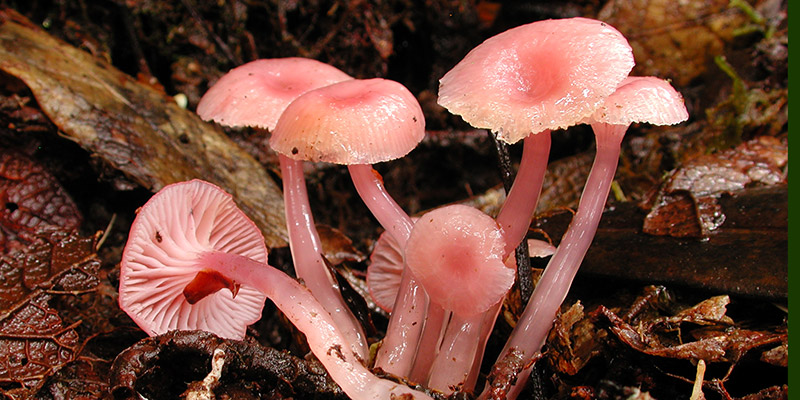
The creation of the Isthmus of Panama approximately 3 Ma provided the opportunity for the southern and northern migrations of animals, fungi, and plants known as the Great American Biotic Interchange. Historical biogeography has largely focused on the fauna and flora of the region in relation to this event. There is no comprehensive study of how important geological events such as this shaped the diversity of organisms in soil communities where organisms like fungi and microbes engage in biotrophic and saprotrophic ecological interactions with the animal and plant communities. This study is focusing on the evolutionary consequences of the Great American Biotic Interchange on the biogeography of soil organismal communities by examining the diversity and distribution of macrofungi associated with oaks in Costa Rica, Panama, and Colombia. Oaks are hosts to diverse ectomycorrhizal and saprotrophic fungal communities. The research is exploring the biogeographic history in symbiotic and free-living soil organisms, the consequences of intercontinental dispersal of important plant communities, and the potential effects of climate change on temperate habitats in tropical ecosystems. Macrofungi can be used to explore a wide variety of biological questions due to their ability to be sampled, collected, cultured, and vouchered in natural history collections, as well as detected by environmental sampling. The biogeography of oak-associated macrofungal communities on either side of the Isthmus of Panama is being studied using a combination of morphological data and macrofungal and environmental DNA sequence data. (Mueller, Wilson)

